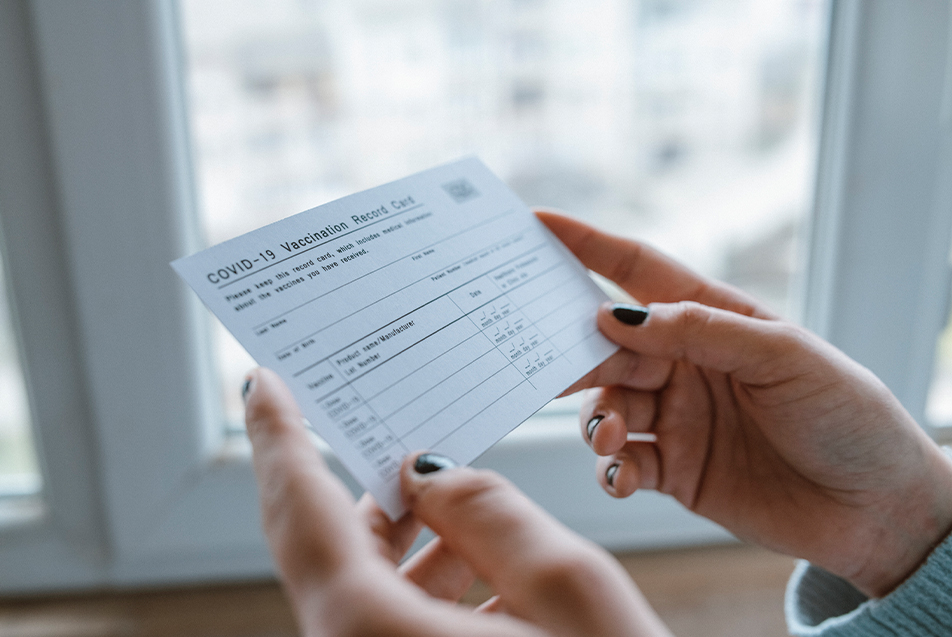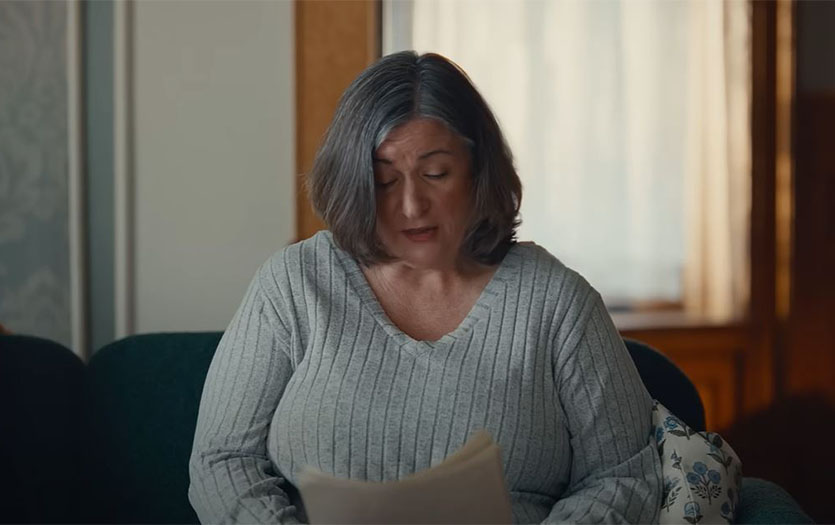
As millions of people have received the COVID-19 vaccine, those white vaccination cards have become commonplace. While it’s not necessary to show your vaccination card at the moment, we don’t know what the future might hold. Your card may be required for traveling or even attending social gatherings like concerts and sporting events. So, to ensure you have all the facts at your fingertips, we have compiled the latest information regarding your COVID-19 vaccination card and what you should be doing with it.
Information on your vaccination card
Once you get your first shot, you should receive a vaccination record card. This card proves that you got your COVID-19 vaccine, but it is also a valuable tool for keeping track of your vaccine information. Typically, your vaccination record card will contain the following:
- Your personal information (name and date of birth)
- The type of vaccine you received (Pfizer, Moderna or Johnson & Johnson)
- When you received your first dose
- When you need to go back for your second dose (if required)
- The vaccine provider’s name or clinic site
Additionally, having this information can help you plan for your second dose. Be sure to keep your card close when scheduling your second appointment. This will help ensure you schedule the correct dose at the right time. Then, when it’s time for your second dose, remember to bring your vaccine card with you, so the clinic or provider can update it with the new vaccination information, which will prove that you did indeed get both doses.
Skip the lamination
While there is some conflicting advice on the matter, you may want to hold off on laminating your vaccination card. This hesitation for covering your card is because you may need a booster shot at a later date, in which case the information about the immunization will need adding to your card. Instead of lamination, try purchasing a plastic sleeve or ID badge holder to keep your card safe and clean.
Where to store your card
It’s best to treat and store your vaccination card like any other important piece of documentation, such as birth certificates or social security cards. Try keeping the original in a safe place like a filing cabinet, fireproof lockbox or safe. Avoid carrying it around in your wallet or purse because either one could be lost, stolen or misplaced. Instead, keep a hard copy in your wallet or a digital version on your phone, so you have it at all times in the event you might need it.
What to do if you lose your card
If you have lost your vaccination card or don’t have a copy, the CDC recommends contacting your vaccination provider directly to access your vaccination record. However, if this isn’t possible, you could also choose to do one of the following options:
- If you cannot contact your vaccination provider directly, try contacting your state health department’s immunization information system (IIS). You can find state IIS information on the CDC website.
- If you enrolled in V-safe or VaxText after your first vaccine dose, you could access your vaccination information using those digital tools.
Social media sharing
While it may seem like an act of solidarity, the Better Business Bureau (BBB) warns against sharing your vaccination card on social media. Doing so could leave you vulnerable to identity theft or help scammers create fake vaccine cards.
Instead, if you want to show off your efforts, try sharing or posting something that doesn’t contain any of your personal information. For instance, you could take a selfie at the vaccine site, share a photo of yourself wearing the vaccination sticker you may have received or add a themed frame, badge or button to your profile. Any of these options are excellent alternatives to show your vaccine status.
Helpful resources
Centers for Disease Control and Prevention
Immunization Information Systems



